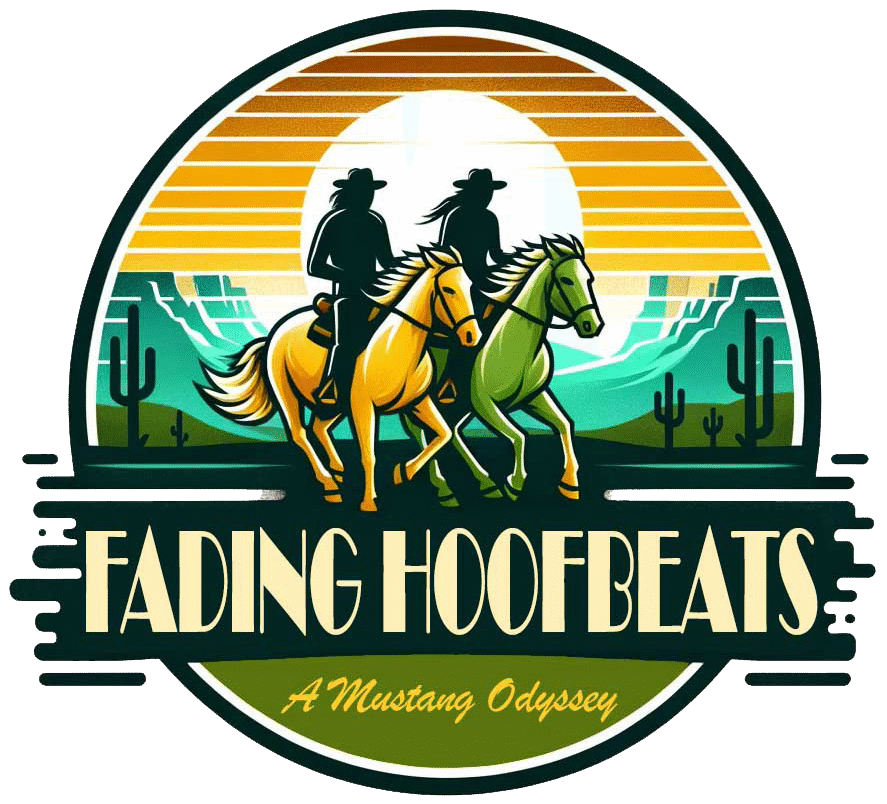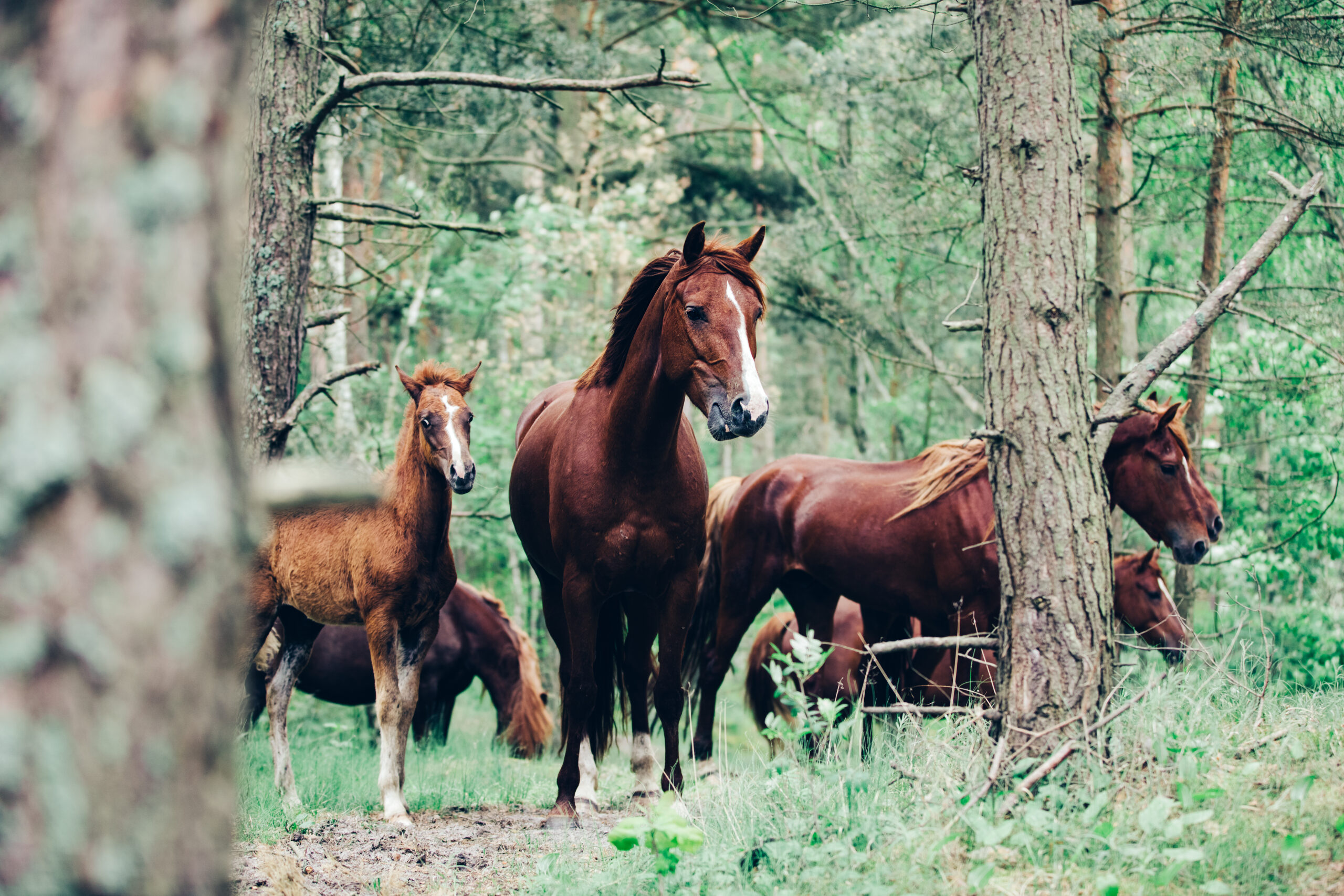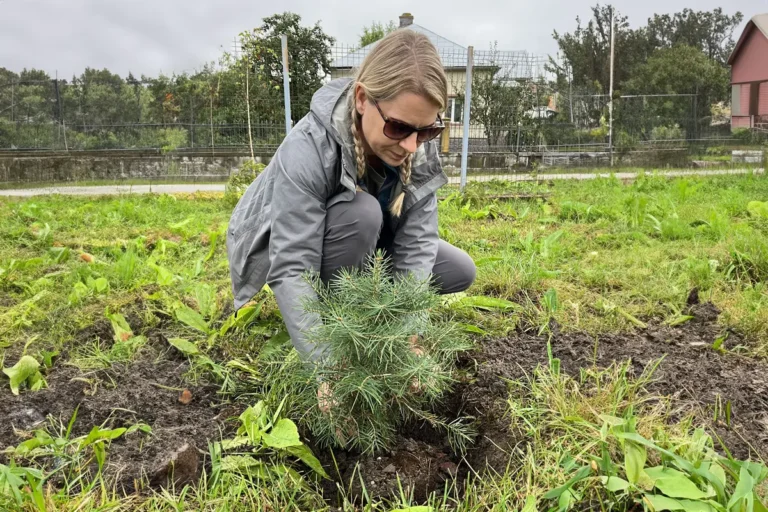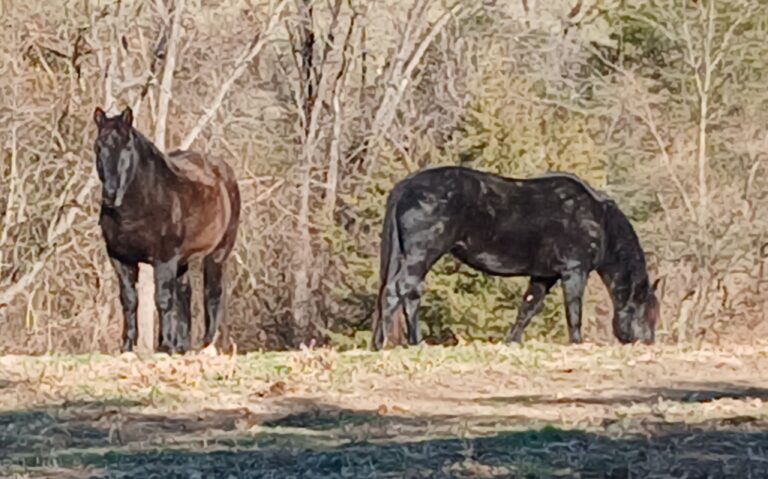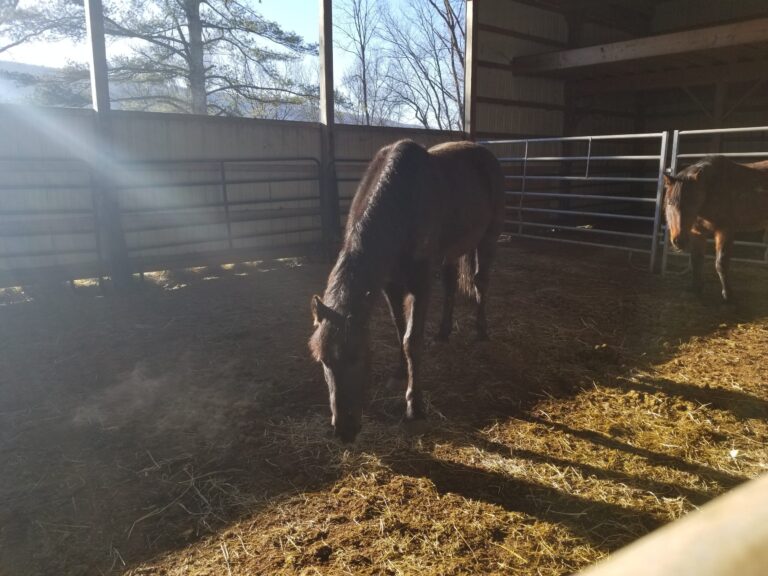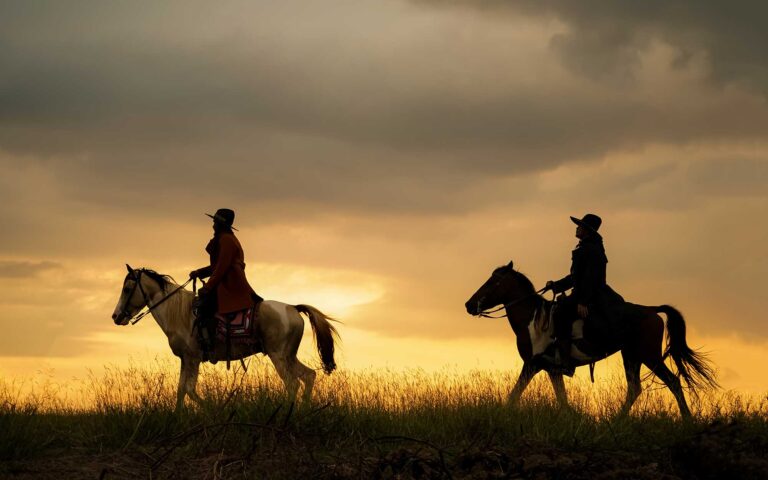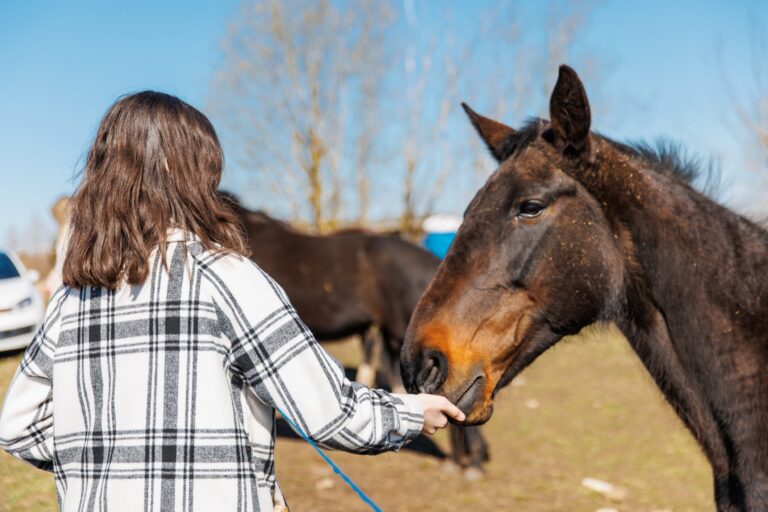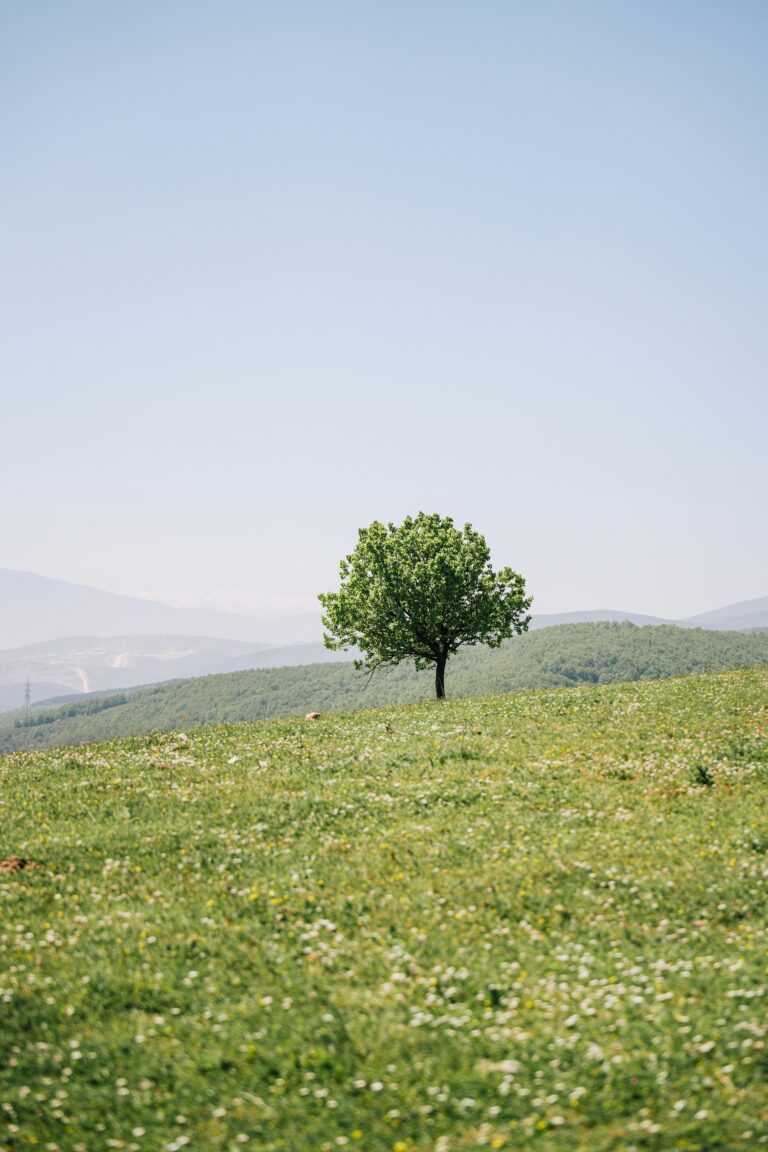The Mustang’s Role in American History and Their Connection to the Wild West
The mustang, with its untamed spirit and undeniable resilience, is more than just an emblematic figure; it’s an intrinsic part of the American historic tapestry. Roaming free, these horses have raced alongside history’s most defining moments, weaving their own tales as they traversed the vast expanses from the dusty trails of the Wild West to the sweeping plains of the heartland. Their presence has not just been as animals but as living symbols of freedom, adventure, and the very essence of the American dream.
Their role in shaping the narrative of the nation transcends mere chronicles of endurance. These majestic creatures have played a pivotal role in cultural, societal, and historical contexts that have defined the United States. When one conjures images of the Wild West, it’s incomplete without envisioning cowboys, endless horizons, challenging frontiers, and, most emblematically, the mustang. The sight of this horse, with its mane flowing and silhouette etched against a golden sunset, is a testament to its irreplaceable position in American folklore.
As we journey through this post, we aim to shed light on the deep-seated bond between the mustang and America’s story. We’ll explore the nuances of their shared history, painting a vivid picture of how these remarkable horses became not just witnesses but active participants in the tales and evocative imagery that define the Wild West.
Origins of the Mustang in America
In the annals of American history, the arrival of the mustang is a tale intricately woven with that of Spanish explorers who set foot on the New World’s shores in the 16th century. While the continent was no stranger to equine species, the predecessors of today’s horses had long since vanished. It was the Spanish Conquistadors, with their quest for gold and territory, who reintroduced the horse to the Americas. Accompanying these explorers were the robust Andalusian horses, the forebears of the modern-day mustang. Renowned for their stamina, agility, and resilience, these horses were vital to the Conquistadors’ expeditions, playing an essential role in transportation and, later, in conflicts with Indigenous peoples.
As the years rolled on, some of these Spanish horses, either intentionally released or escaped from captivity, began to roam the vast landscapes of the New World. Over time, they formed the foundation of wild herds, adapting to the diverse terrains from arid deserts to lush plains. Their adaptability was remarkable; these creatures learned to survive and thrive in environments that were vastly different from their ancestral lands. The interbreeding among these free-roaming horses and their continued isolation from human interference led to the evolution of a distinct breed – the mustang. This breed became well-suited to the challenges of the American landscape, exhibiting traits like hardiness, endurance, and a keen sense of alertness.
The story of the mustang’s origin speaks to a broader narrative of survival, adaptation, and transformation. From their Spanish roots, these horses carved a new identity for themselves, one that was uniquely American. Embodying the spirit of the frontier, the mustang is not just a testament to nature’s incredible ability to adapt but also a symbol of the ever-evolving saga of America itself.
Mustangs and Indigenous Tribes
The relationship between mustangs and Native American tribes is a rich tapestry of mutual respect, utility, and cultural significance. Before the arrival of the mustang, the Indigenous peoples of the Americas had no large domesticated animals for transportation. With the introduction of these versatile horses by the Spanish, the dynamics of tribal life saw a transformative shift. The mustang, with its endurance and agility, revolutionized transportation for many tribes, making hunting, migration, and intertribal communication faster and more efficient. Beyond mere transportation, the mustang became an integral part of trade networks, acting as valuable commodities in barter systems that stretched across vast distances.
Different tribes fostered unique bonds with the mustangs, each developing its own traditions, training techniques, and breeding practices. For instance, the Comanche, often referred to as the “Horse Lords of the Plains,” are renowned for their unparalleled horsemanship skills and deep connection with these animals. Their ability to train and ride mustangs gave them a tactical advantage in battles and hunts, solidifying their dominance in the Southern Plains. The Nez Perce, residing in the Pacific Northwest, were lauded for their selective breeding, leading to the development of the Appaloosa horse, distinguished by its colorful spotted coat and strong physique. These tribes, among many others, integrated the mustang into their cultural rituals, warfare strategies, and daily life, establishing an enduring legacy that persists even today.
The bond between mustangs and Native American tribes is emblematic of a deeper connection to the land and nature. While the horse played a functional role in transportation and trade, its significance in tribal culture transcends utility. Through shared trials and triumphs, the mustang became a symbol of freedom, resilience, and the indomitable spirit of the Indigenous peoples of America. As we delve into the annals of history, it’s clear that the tales of Native American tribes and mustangs are inextricably intertwined, each shaping the other in profound ways.
The Gold Rush and Expansion Westward
In the mid-19th century, whispers of gold turned into a resounding chorus, drawing thousands westward in the hopes of striking it rich. The California Gold Rush, and subsequent rushes in places like Colorado and the Black Hills of South Dakota, saw a flood of prospectors, settlers, and entrepreneurs making their way across the vast landscapes of the American West. Amidst this frenzied migration and search for wealth, the mustang emerged as an invaluable asset. These hardy horses, with their incredible endurance and ability to traverse diverse terrains, became a favored means of transportation. They carried prospectors to remote mountain streams, hauled heavy equipment, and facilitated the movement of goods between burgeoning western towns and far-off markets.
As settlers and gold miners poured into the West, the demand for horses increased exponentially. Recognizing the utility of mustangs, many miners and settlers began capturing and breeding them. The population of these horses saw a significant boost as they were bred both for work within the mining communities and for trade. Moreover, as some prospectors failed to find their fortunes in gold, they often released their horses, either by choice or necessity. These released mustangs, now free to roam, further added to the growing numbers of wild herds, enriching the genetic diversity and leading to the proliferation of the breed across the western territories.
The role of the mustang during the era of the Gold Rush and westward expansion is a testament to the horse’s adaptability and resilience. As the landscapes of the American West transformed with the influx of people and the establishment of new settlements, the Mustang stood steadfast, aiding in the development and growth of a young nation. Their contribution to the Gold Rush is not just a tale of labor and transport but a reflection of their indomitable spirit, echoing the dreams and ambitions of those who sought to tame the wild frontiers.
Cowboys and Cattle Drives
The vast expanse of the American West evokes imagery steeped in romance and rugged individualism. Central to this depiction is the iconic figure of the cowboy, silhouetted against the setting sun, hat tipped low, with a mustang as his trusted steed. This image is not just a figment of Hollywood’s imagination but grounded in historical reality. The mustang, with its agility, stamina, and raw power, became the horse of choice for many cowboys. These hardy creatures, born from the wild landscapes of the American West, were perfectly suited to the demanding tasks of herding cattle, navigating treacherous terrains, and enduring long days in the saddle.
As the demand for beef grew in the eastern states, the role of the mustang in the West’s economy and culture became even more pronounced. Cattle drives, which involved moving large herds of cattle from the ranches of Texas to railway hubs in Kansas and Missouri, required horses that could withstand the rigors of the journey. Mustangs, with their instinctual ability to respond to threats, were invaluable in managing cattle, protecting them from predators, and ensuring they stayed on the designated path. Furthermore, on ranches spanning vast acres, cowboys relied on their mustangs for various tasks – from roping and branding cattle to patrolling the perimeters. The bond between a cowboy and his mustang was profound, often built on mutual respect and a shared understanding of the land and its challenges.
This partnership between cowboys and mustangs laid the foundation for the romanticized and revered cowboy culture that’s celebrated today. The rodeos, wild west shows, and tales of frontier adventures would be incomplete without acknowledging the pivotal role of the mustang. As symbols of freedom and the unyielding spirit of the West, mustangs and cowboys are forever intertwined, each shaping and elevating the legend of the other. Together, they paint a vivid picture of a bygone era, where man and horse collaborated to tame a wild and sprawling frontier.
Military Use and Mustangs
Throughout the annals of American military history, the mustang has stood as a silent sentinel, participating in skirmishes, battles, and campaigns that have defined the contours of the nation. Especially during the frontier wars, as the young United States sought to expand and solidify its territories, mustangs were essential to the military’s mobility and effectiveness. Their hardiness, endurance, and ability to survive in rugged terrains made them an ideal choice for cavalry units operating in the vast landscapes of the West. From the early conflicts with Native American tribes to the Mexican-American War, mustangs were at the forefront, bearing soldiers and scouts through deserts, mountains, and plains, often becoming the difference between victory and defeat.
Several notable military figures recognized the unparalleled advantages of having mustangs in their ranks. General George Armstrong Custer, for instance, is known to have had mustangs among his 7th Cavalry during the Indian Wars. Their ability to cover great distances with minimal sustenance and their adeptness at navigating challenging terrains were pivotal in many military campaigns. Another famed figure, Captain John “Rip” Ford, a Texas Ranger and military officer, relied heavily on these resilient horses during his expeditions against Native American tribes and in battles against Mexican forces. The narratives of these leaders are intertwined with their mustang steeds, showcasing a bond that was forged in the crucible of battle.
The military legacy of the mustang is a testament to the horse’s enduring spirit and tenacity. Beyond just being instruments of war, they became symbols of hope, resilience, and the undying pursuit of freedom. Their roles in pivotal battles and campaigns have cemented their place in American military folklore, reminding us of a time when the rhythm of hooves echoed the heartbeat of a nation on the move. Through each charge and retreat, the mustang has left an indelible hoofprint on the military history of the United States.
Wild West Shows and Rodeos
The late 19th and early 20th centuries saw a cultural phenomenon sweep across America and even parts of Europe: The Wild West shows. These theatrical performances painted a vivid, albeit sometimes exaggerated, picture of frontier life, with cowboys, Native Americans, sharpshooters, and of course, mustangs taking center stage. Among the most renowned of these was Buffalo Bill’s Wild West Show. Founded by William F. “Buffalo Bill” Cody, the show brought the romance and ruggedness of the American West to eager audiences. Central to many of its acts were the mustangs, showcasing their agility, speed, and raw power. Whether it was in dramatic reenactments of stagecoach robberies, cattle rustling, or daring races, the mustang was glamorized, celebrated, and firmly embedded in the public’s imagination as an emblem of the untamed frontier.
Parallel to the Wild West shows, rodeos emerged as competitive events that celebrated the equestrian skills essential to ranching and frontier life. Mustangs played a crucial role in these contests, highlighting the deep bond between rider and steed. Events like bronc riding showcased the raw, untamed energy of the mustang, while roping and barrel racing highlighted their agility and responsiveness. The rodeo arena became a stage where the prowess of the mustang was on full display, drawing cheers and admiration from captivated audiences. Their performance in these events not only underlined their physical attributes but also celebrated the heritage and traditions of the American West.
Both the Wild West shows and rodeos were instrumental in perpetuating the myth and magic of the mustang. They transformed the mustang from a mere beast of burden to a cultural icon, celebrated and revered. These events, while providing entertainment, also played a crucial role in preserving and promoting the legacy of the mustang. Through the spotlight of these shows and competitions, the mustang galloped from the realms of history into the hearts of people, securing its place as a timeless symbol of the American West.
Decline and Preservation
As the 20th century dawned, the mustangs, once symbols of boundless freedom and the untamed West, began to face unprecedented challenges. The rapid industrialization and expansion of urban areas led to the encroachment of their natural habitats. Vast tracts of open range that had once been their roaming grounds were now fenced off, turned into farmlands, or transformed by infrastructure developments. Additionally, as the American West underwent significant changes in its socio-economic fabric, the mustangs found themselves competing with livestock for dwindling resources. Watering holes, grazing lands, and shelter became contested spaces, often leading to dire consequences for the mustang populations. The very essence of the wild, open spaces that defined the mustang’s existence was under threat.
Recognizing the perilous situation, several individuals and organizations stepped forward to champion the cause of the wild mustang. In 1971, the United States Congress passed the Wild Free-Roaming Horses and Burros Act, which mandated the protection and management of these animals on public lands. This landmark legislation acknowledged the cultural, historical, and ecological significance of mustangs and sought to ensure their survival for future generations. Alongside legal frameworks, numerous non-profit organizations, sanctuaries, and passionate individuals dedicated themselves to the rescue, rehabilitation, and rehoming of mustangs. Through adoption programs, awareness campaigns, and grassroots efforts, these advocates worked tirelessly to ensure that the mustang’s legacy was not lost to the annals of history.
Today, the narrative of the mustang is one of resilience and resurgence. While challenges persist, the concerted efforts of communities, policymakers, and enthusiasts have ensured that the mustang continues to gallop free in many parts of the West. Their story serves as a poignant reminder of the delicate balance between progress and preservation, urging us to reflect on our responsibilities toward the natural world and the iconic creatures that inhabit it. The mustang’s journey from dominance to decline and then to preservation is a testament to human tenacity, compassion, and the enduring allure of the wild.
Mustangs in Modern Times
In the tapestry of American culture, the mustang remains a potent symbol of freedom, resilience, and the spirit of the Wild West. Even as the landscapes of the nation evolve with the march of time, the legacy of the mustang endures, weaving its way through literature, art, film, and music. Authors pen narratives that echo the wild calls of the mustang, artists capture their majestic forms on canvas, and filmmakers portray their stirring tales on the silver screen. Beyond the realms of artistic expression, mustangs also hold a special place in the heart of the American public. Festivals, parades, and equestrian events across the country celebrate the mustang’s history and significance, ensuring that their story remains alive in the collective consciousness.
Conservation efforts for the mustang have gained momentum in recent years, recognizing the importance of these iconic creatures in the broader ecological and cultural landscape. Various non-profit organizations, government agencies, and passionate individuals have come together to champion the cause of mustang preservation. These collaborations have resulted in innovative programs like fertility control initiatives, which aim to manage wild populations sustainably, and public adoption events, which provide mustangs with loving homes and reduce pressures on their native habitats. Moreover, sanctuaries and designated herd management areas have been established, offering these horses a chance to thrive in environments that closely resemble their natural habitats.
For those seeking to witness the raw beauty and spirit of the mustang in the wild, there are still pockets of America where these creatures roam free. From the vast expanses of Nevada’s Virginia Range to the rugged terrains of Wyoming’s Red Desert, wild mustangs can be observed in their natural splendor, galloping against the backdrop of breathtaking landscapes. These regions stand as living museums, offering a glimpse into a bygone era and a profound connection to the land’s history and spirit. The continued existence of wild mustangs in modern times is a testament to the enduring bond between these magnificent animals and the nation that cherishes them.
A Legacy Unbridled
The mustang’s journey, from its first hoof prints on the New World’s shores to its continued presence in modern America, is nothing short of remarkable. These noble creatures have not just witnessed the evolution of a nation but have actively participated in its every chapter. From the rhythms of Native American tribal life, the frenzy of gold rushes, and the adventure of frontier exploration to the drama of the Wild West shows and rodeos, mustangs have consistently played a central role. Their legacy is intricately woven into the fabric of American history, making them not just symbols but active contributors to the nation’s narrative. Every gallop, every neigh, every spirited dash across the plains resonates with stories of bravery, freedom, and the undying spirit of the Wild West.
Yet, the significance of the mustang extends beyond its historical contributions. They stand as a testament to the spirit of freedom, the essence of resilience, and the raw, unbridled energy that defines the American ethos. As we reflect on their journey, it becomes evident that preserving their legacy is not just about safeguarding an animal species; it’s about preserving a piece of America’s soul. In a world that is rapidly changing, where open plains are giving way to urban expanses, and where traditions risk being forgotten, the mustang reminds us of our roots, our values, and our shared history.
In cherishing and conserving the mustang, we are not just doing justice to these majestic creatures but also to ourselves and future generations. They beckon us to remember, to respect, and to revere. Let us heed their call, ensuring that the tales of their bravery, the legends of their spirit, and the lessons of their resilience continue to inspire, enlighten, and guide us. The mustang’s story is America’s story, and it is up to us to ensure that it continues to gallop unfettered into the future.
Further Exploration: Books, Documentaries, and Online Resources
Books:
- Wild Horse Country: The History, Myth, and Future of the Mustang by David Philipps – A comprehensive exploration into the history and future of America’s wild horses.
- Among Wild Horses: A Portrait of the Pryor Mountain Mustangs by Lynne Pomeranz – A photographic journey capturing the beauty and spirit of wild mustangs in their natural habitat.
- The Horse Lover: A Cowboy’s Quest to Save the Wild Mustangs by H. Alan Day – An insightful memoir delving into the challenges of wild mustang conservation.
Documentaries:
- American Mustang – A beautifully shot narrative on the plight of wild horses in the West, offering an immersive look into their world.
- Cloud: Wild Stallion of the Rockies – This documentary chronicles the life of a wild stallion named Cloud, capturing the essence of wild mustangs’ lives in the Rocky Mountains.
- Chasing Wild Horses – A mesmerizing documentary capturing the stories and landscapes of Sable Island’s wild horses.
Websites and Organizations:
- The Mustang Heritage Foundation – Dedicated to facilitating successful placements for wild mustangs through training and awareness programs.
- American Wild Horse Campaign – An organization committed to ensuring the survival of wild mustangs through legal advocacy, public education, and hands-on rescue operations.
- Return to Freedom – A wild horse conservation organization focused on preserving the diverse bloodlines of American mustangs.
This curated list is just the beginning. Dive into these resources, and embark on a journey to explore the rich tapestry of stories, histories, and ongoing efforts that revolve around the iconic mustang. Whether you’re a seasoned equine enthusiast or just beginning your exploration, these resources promise a deeper understanding and appreciation of America’s wild horses.
